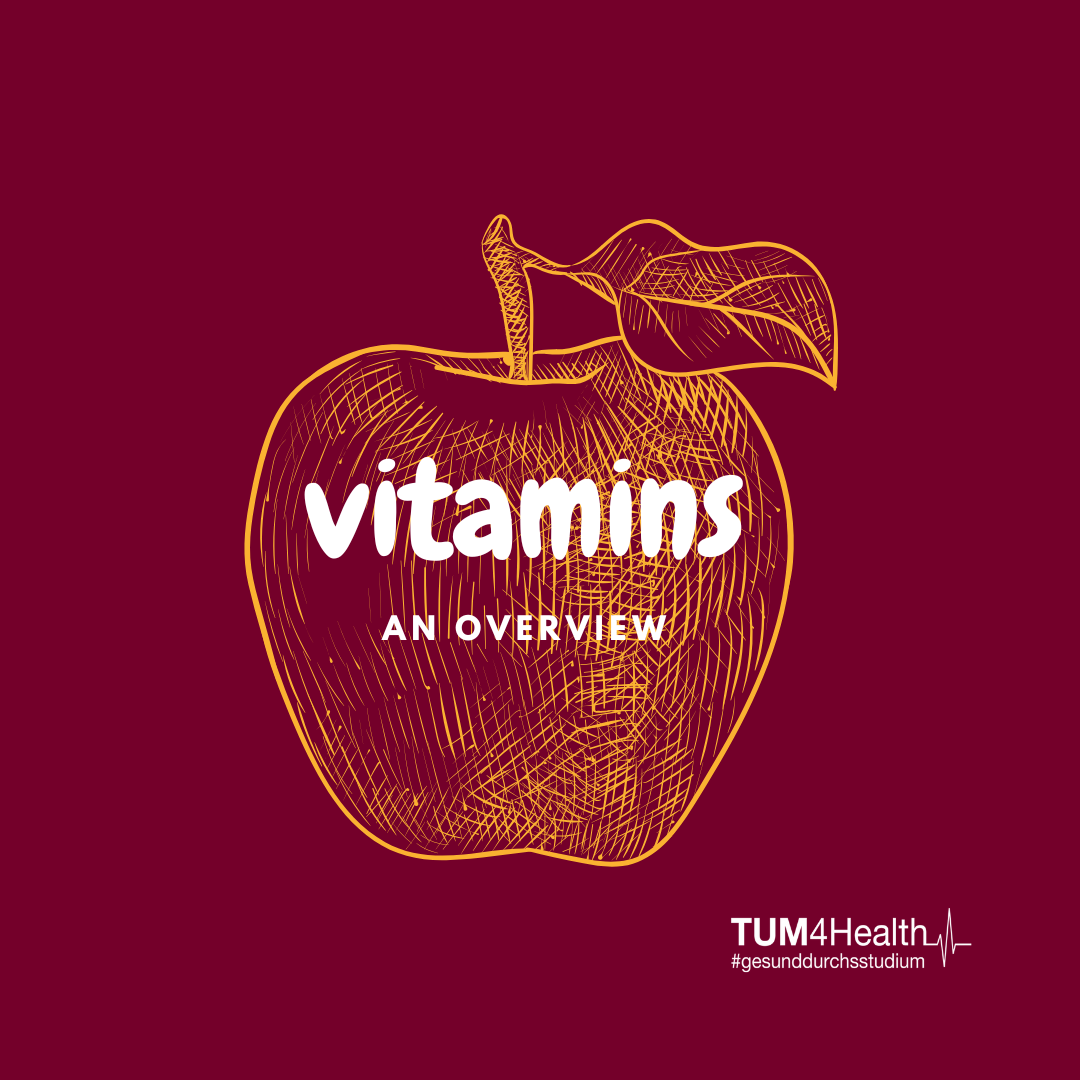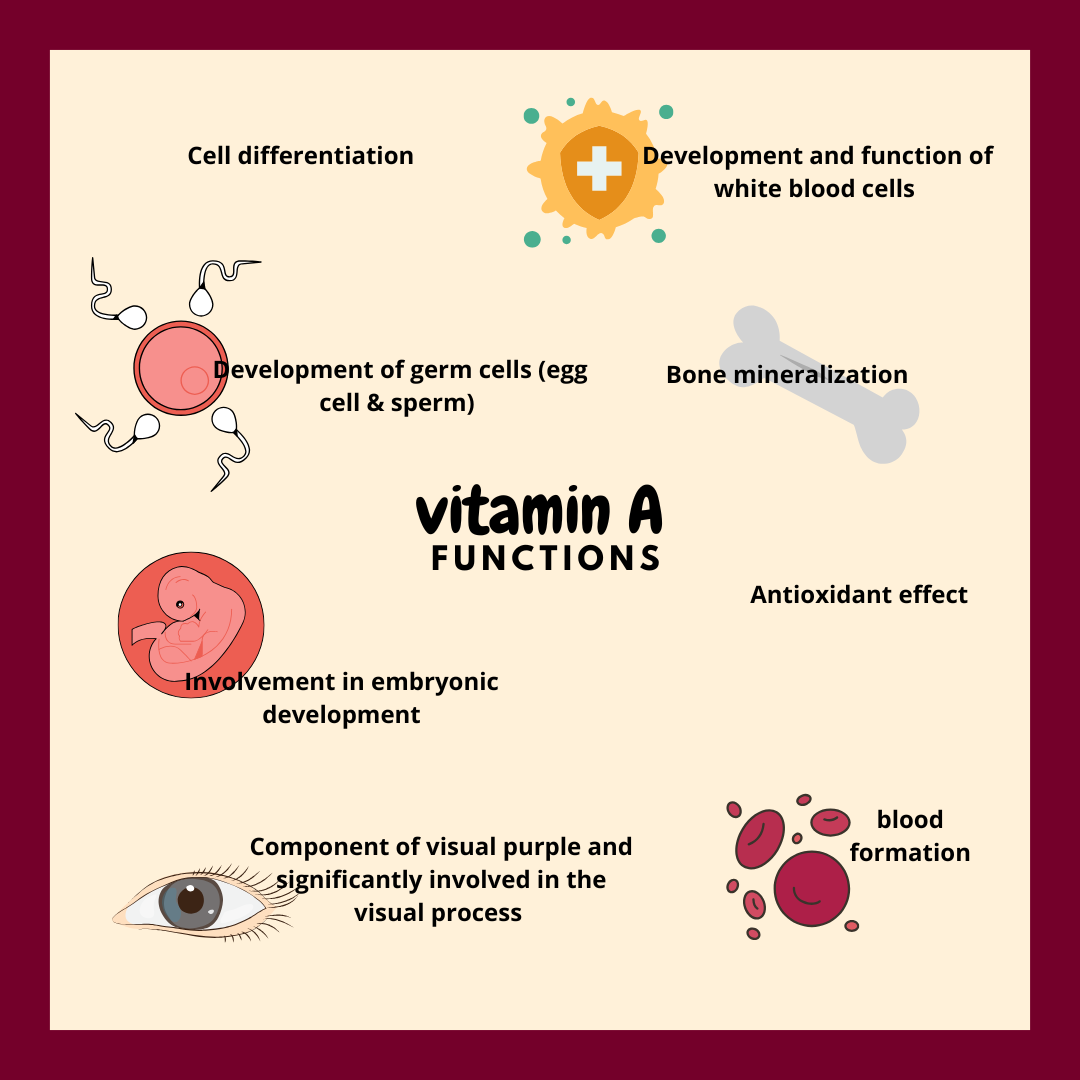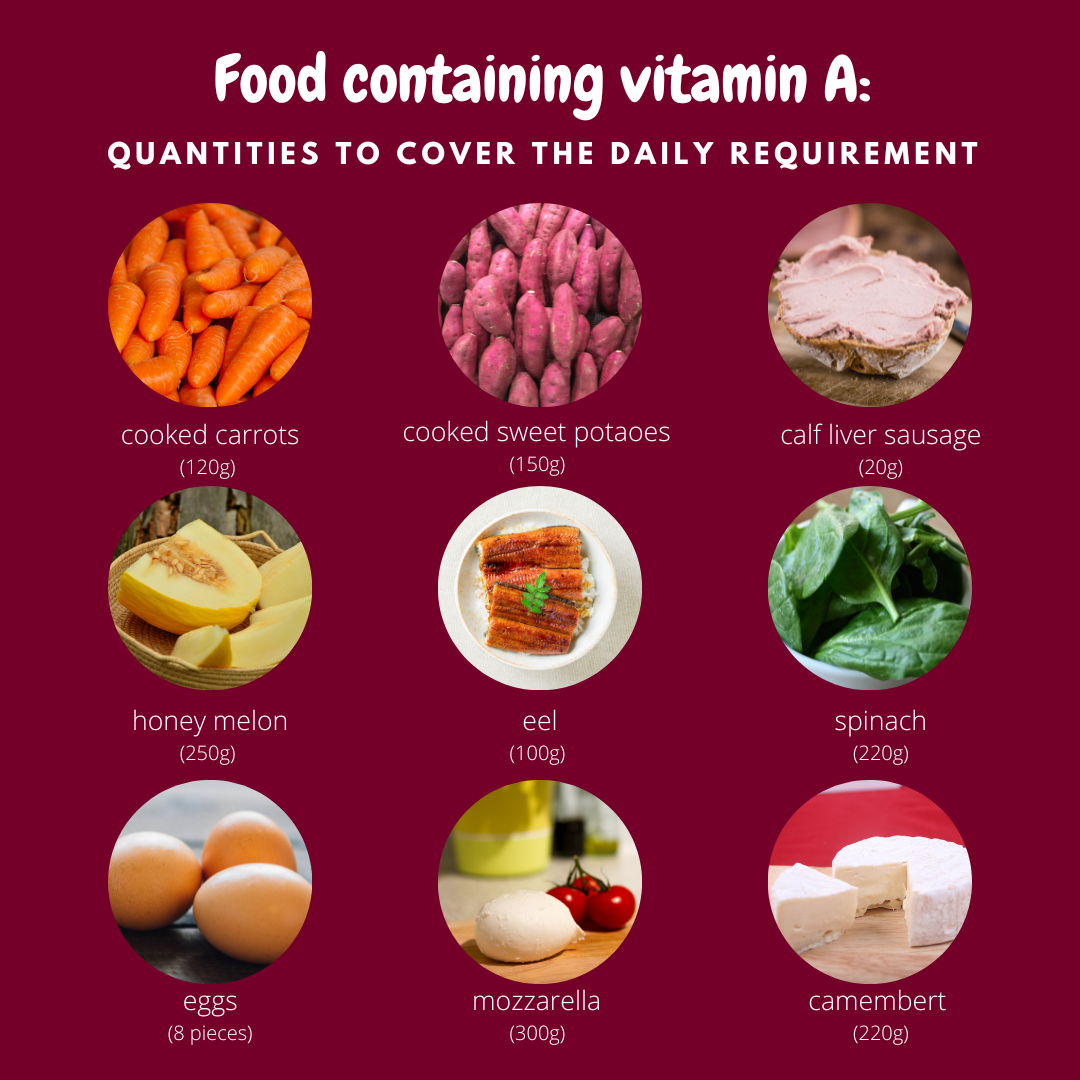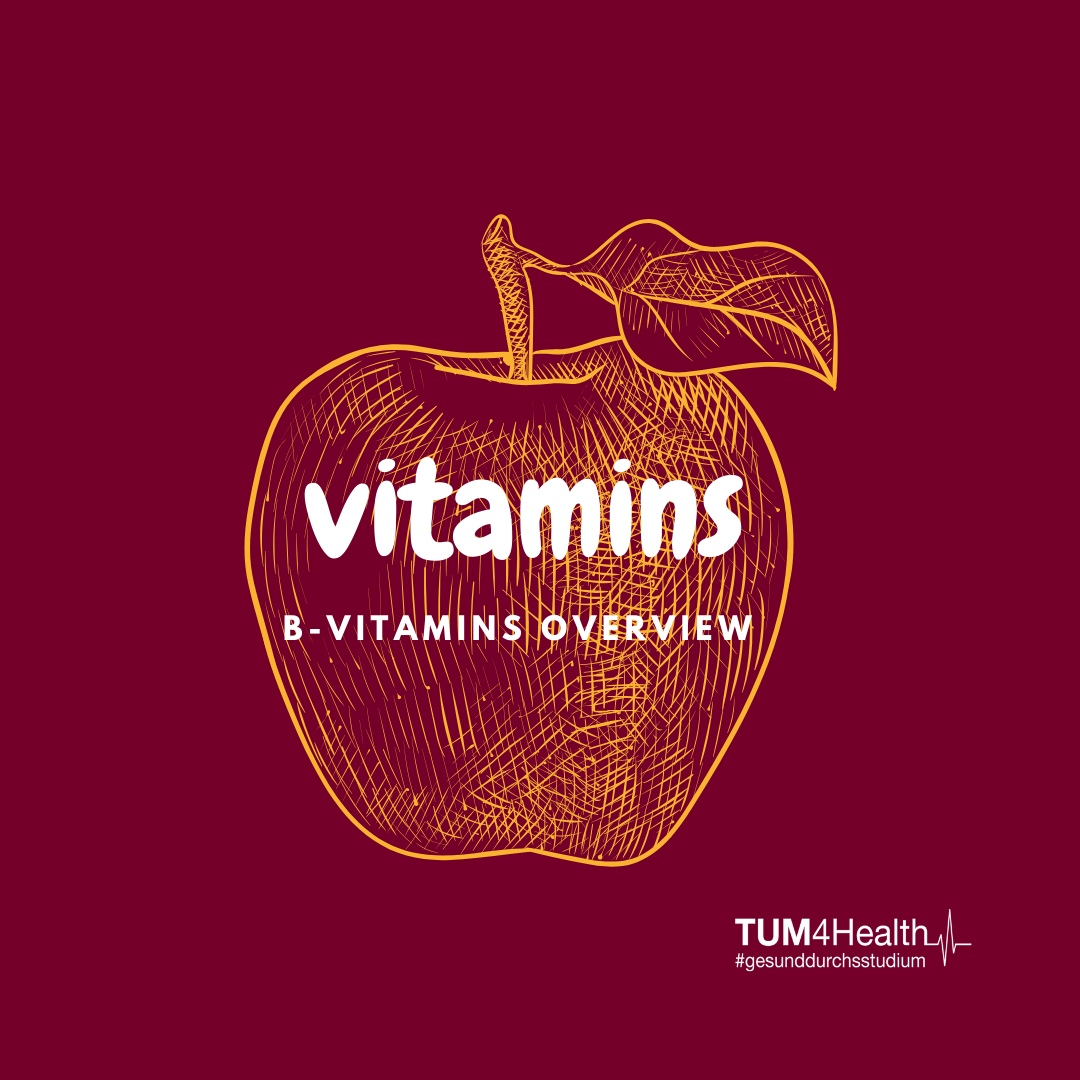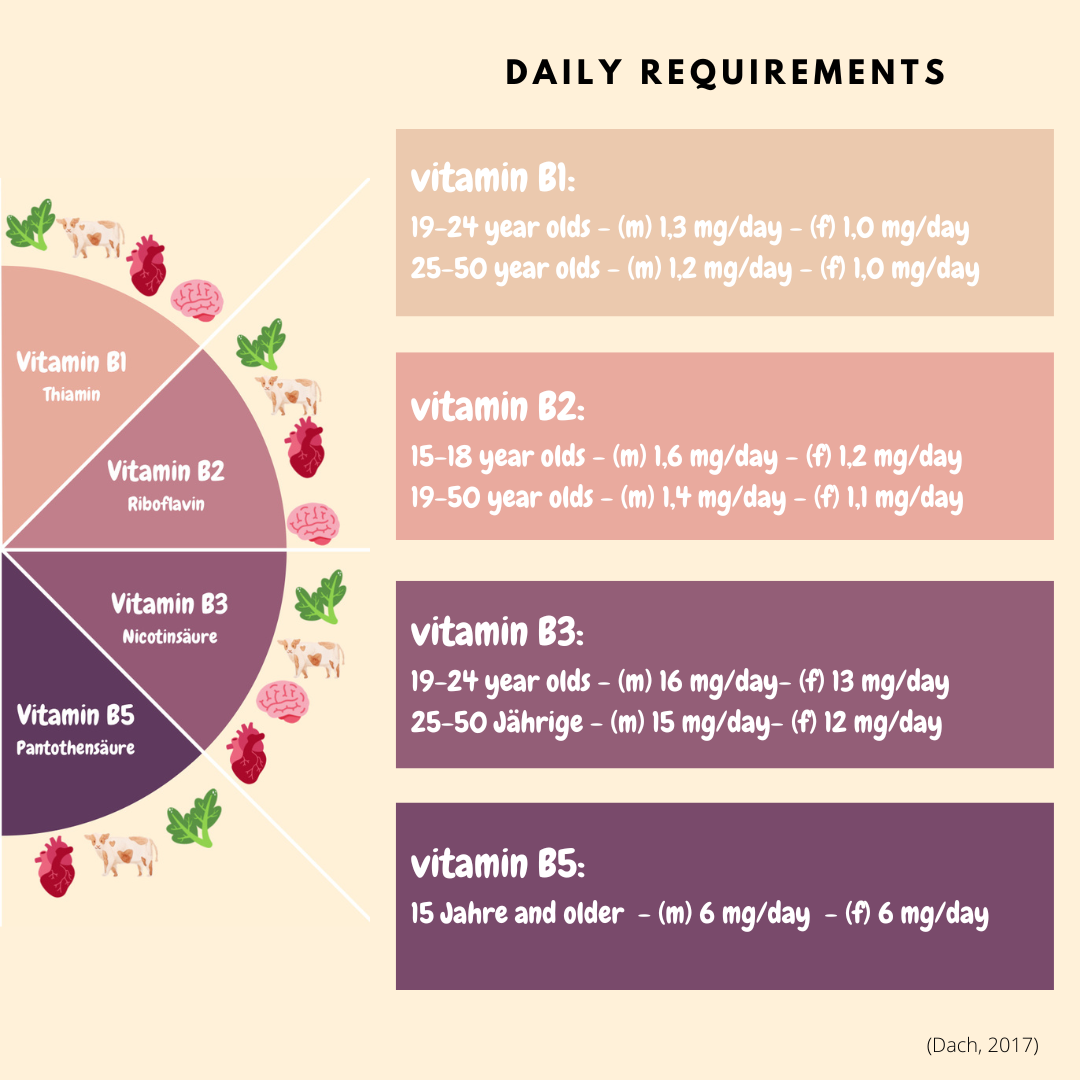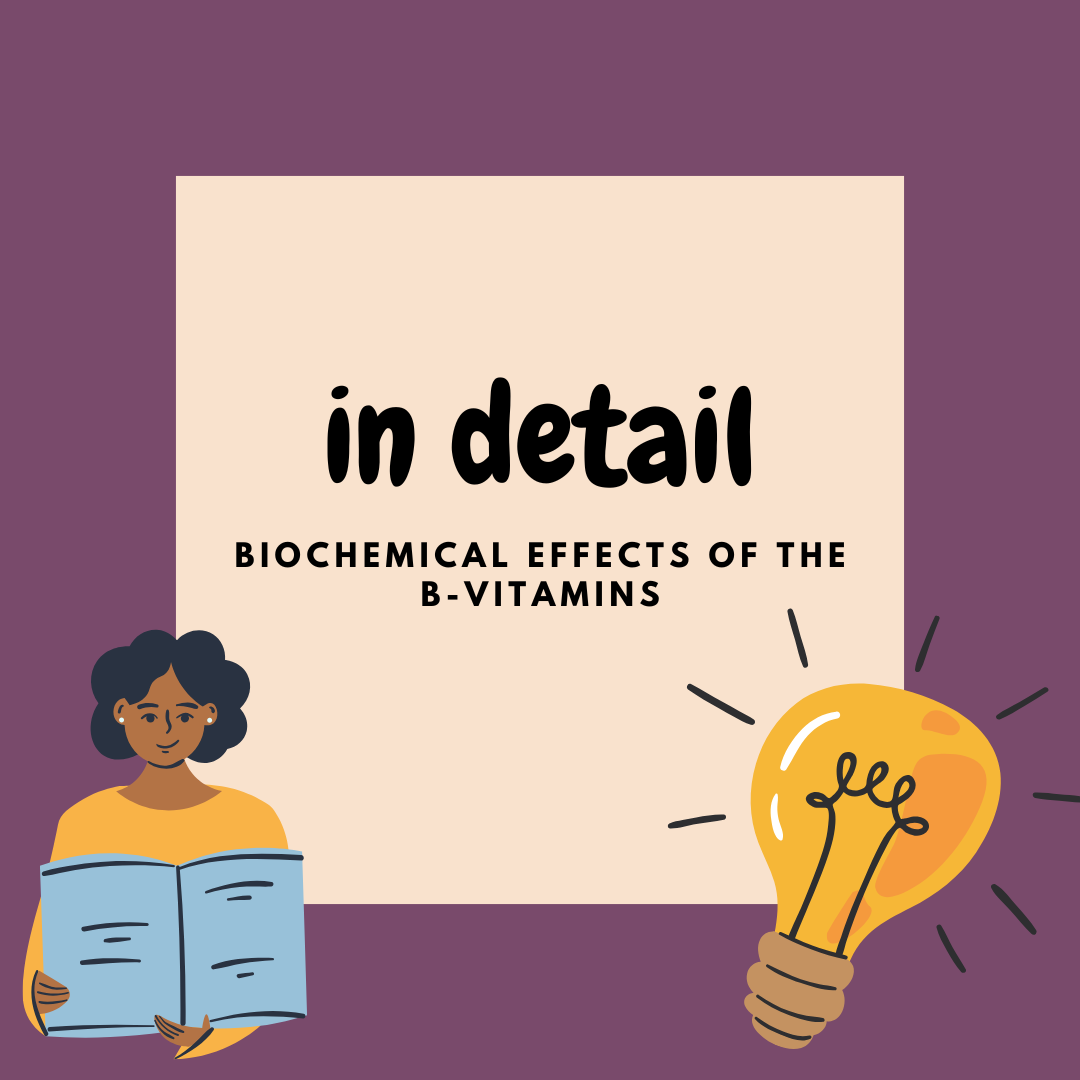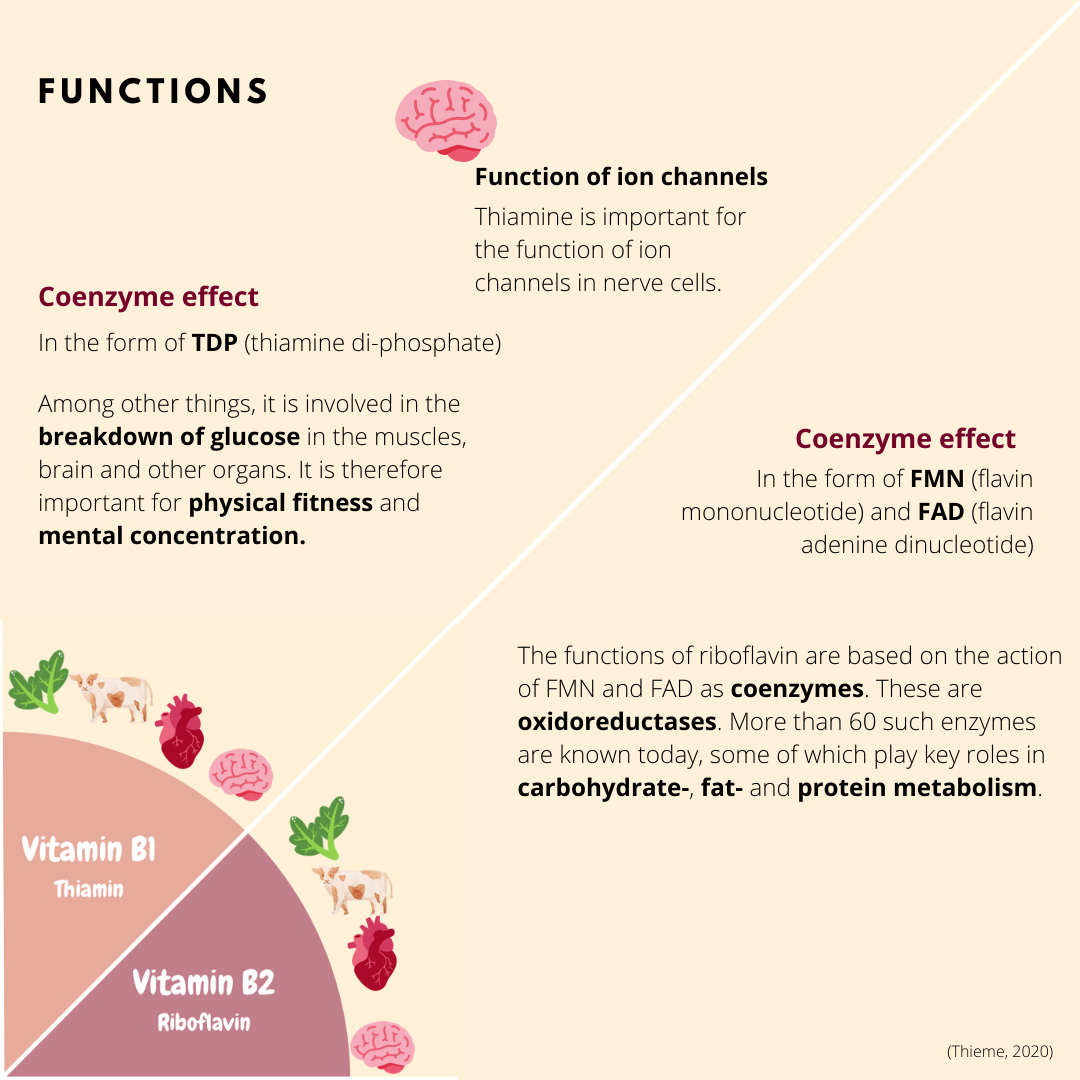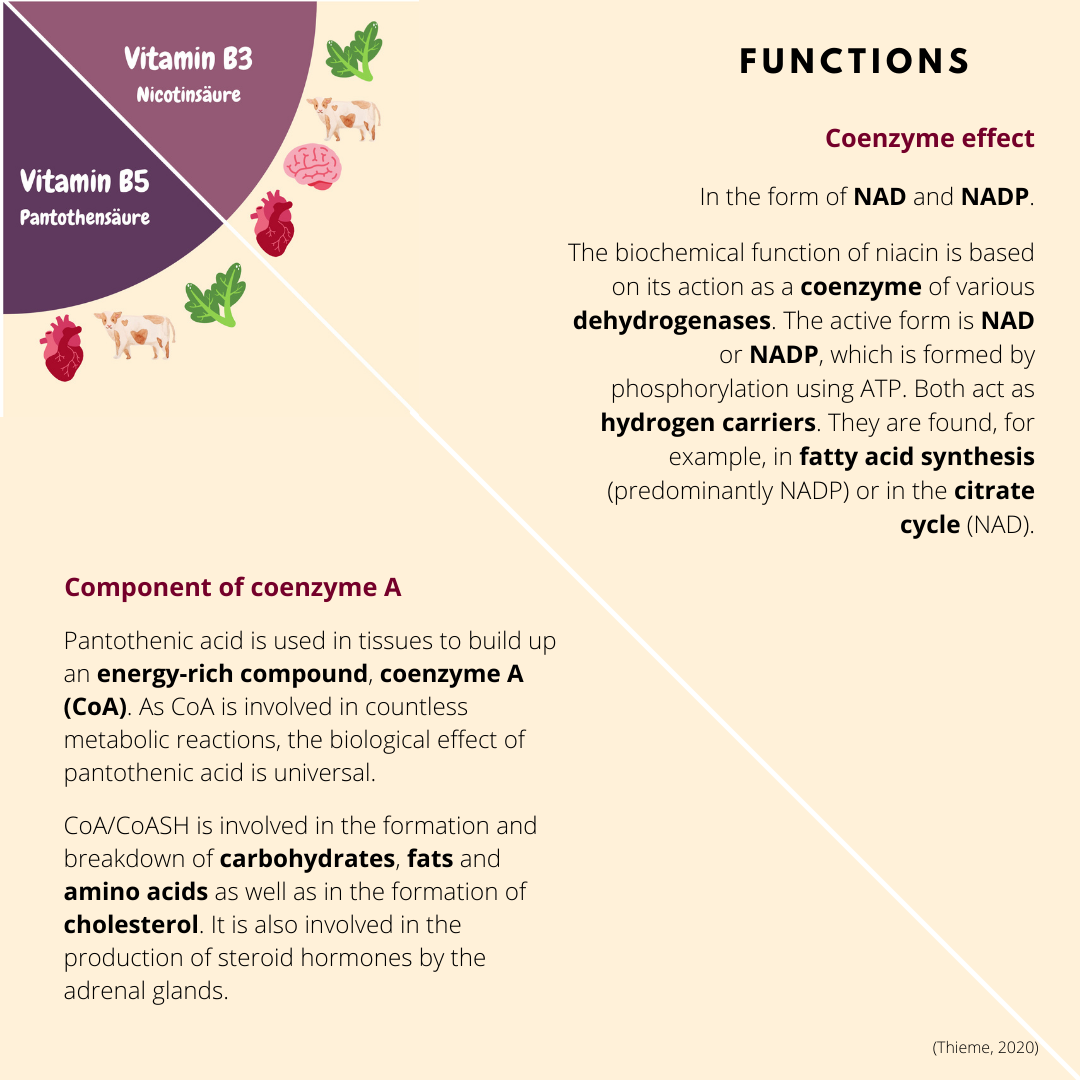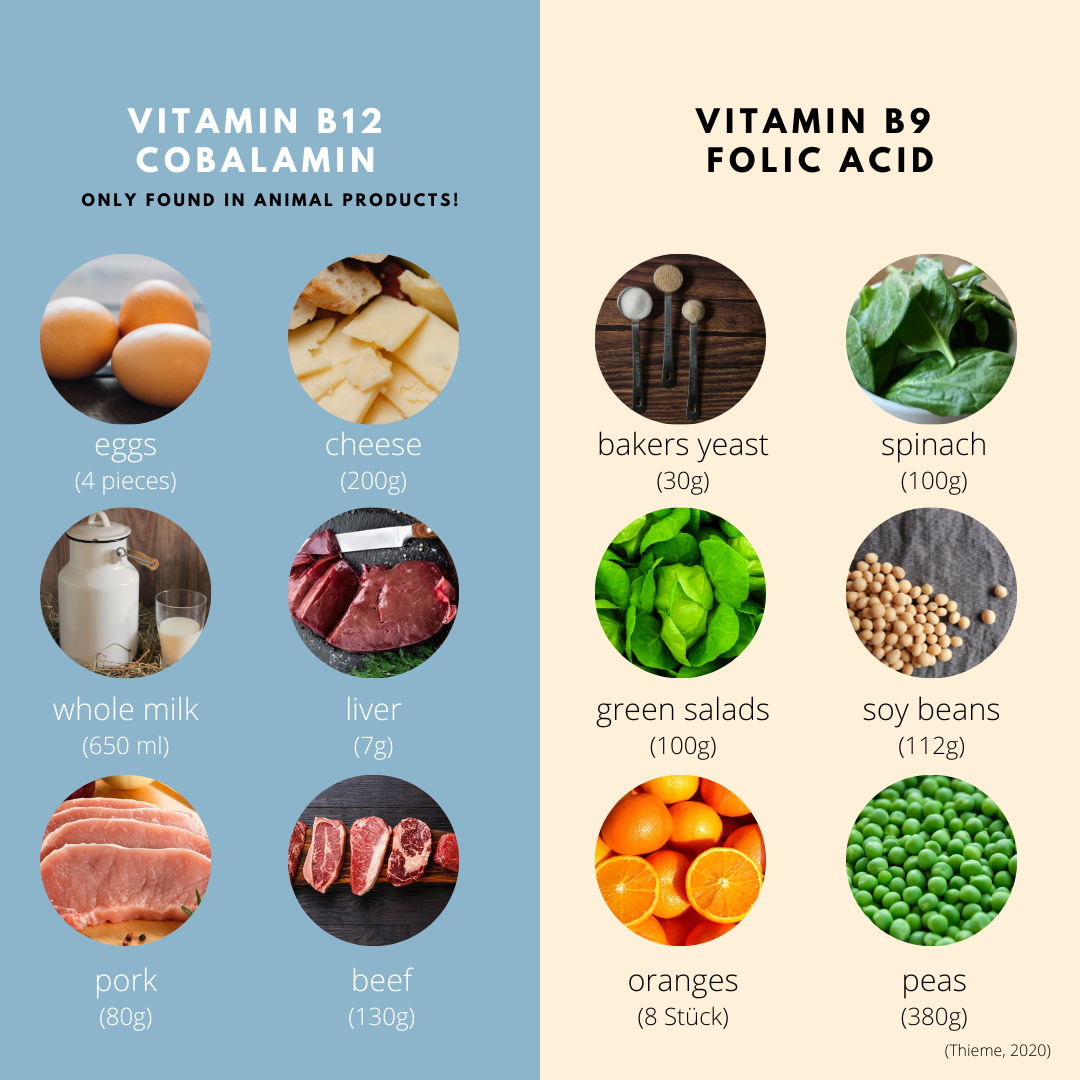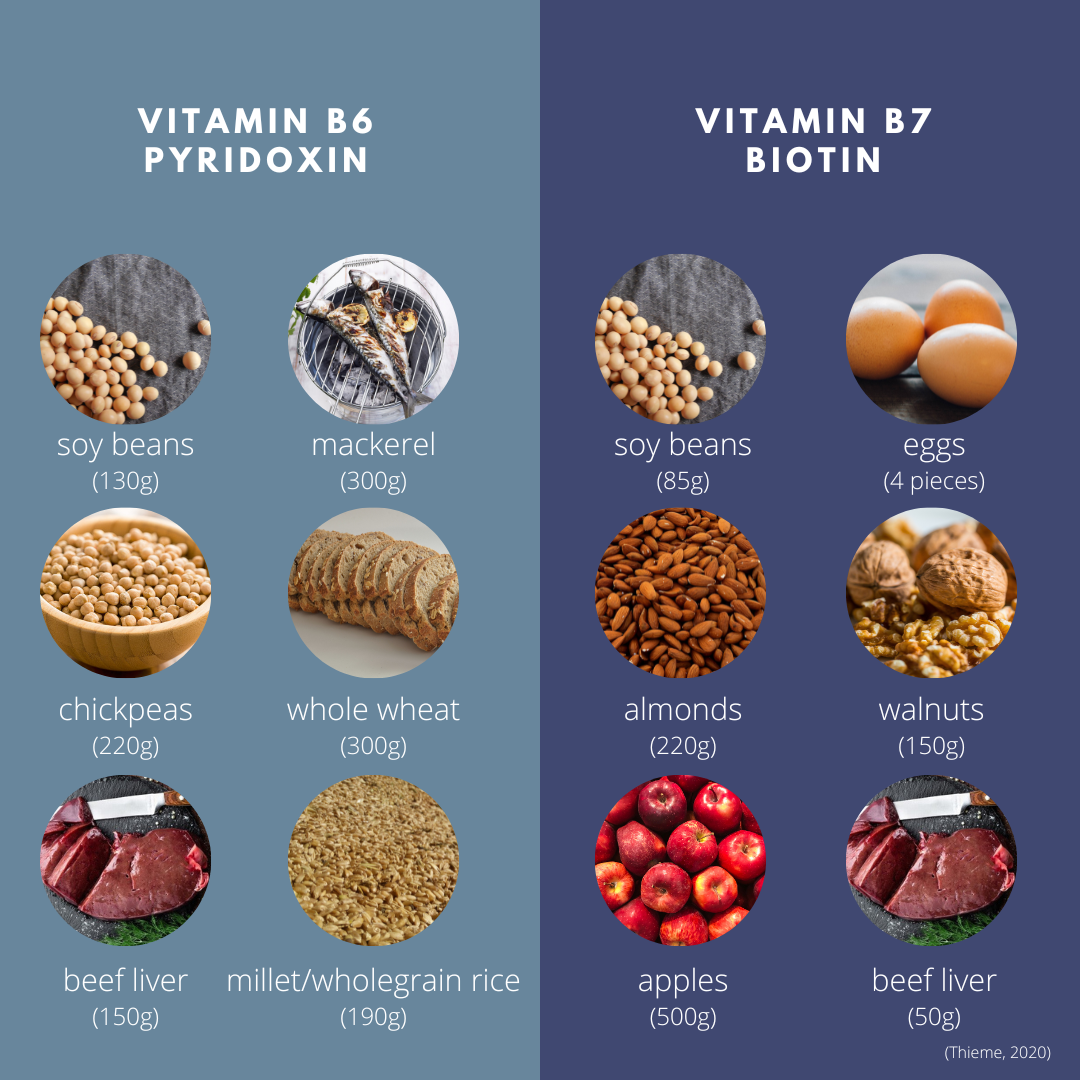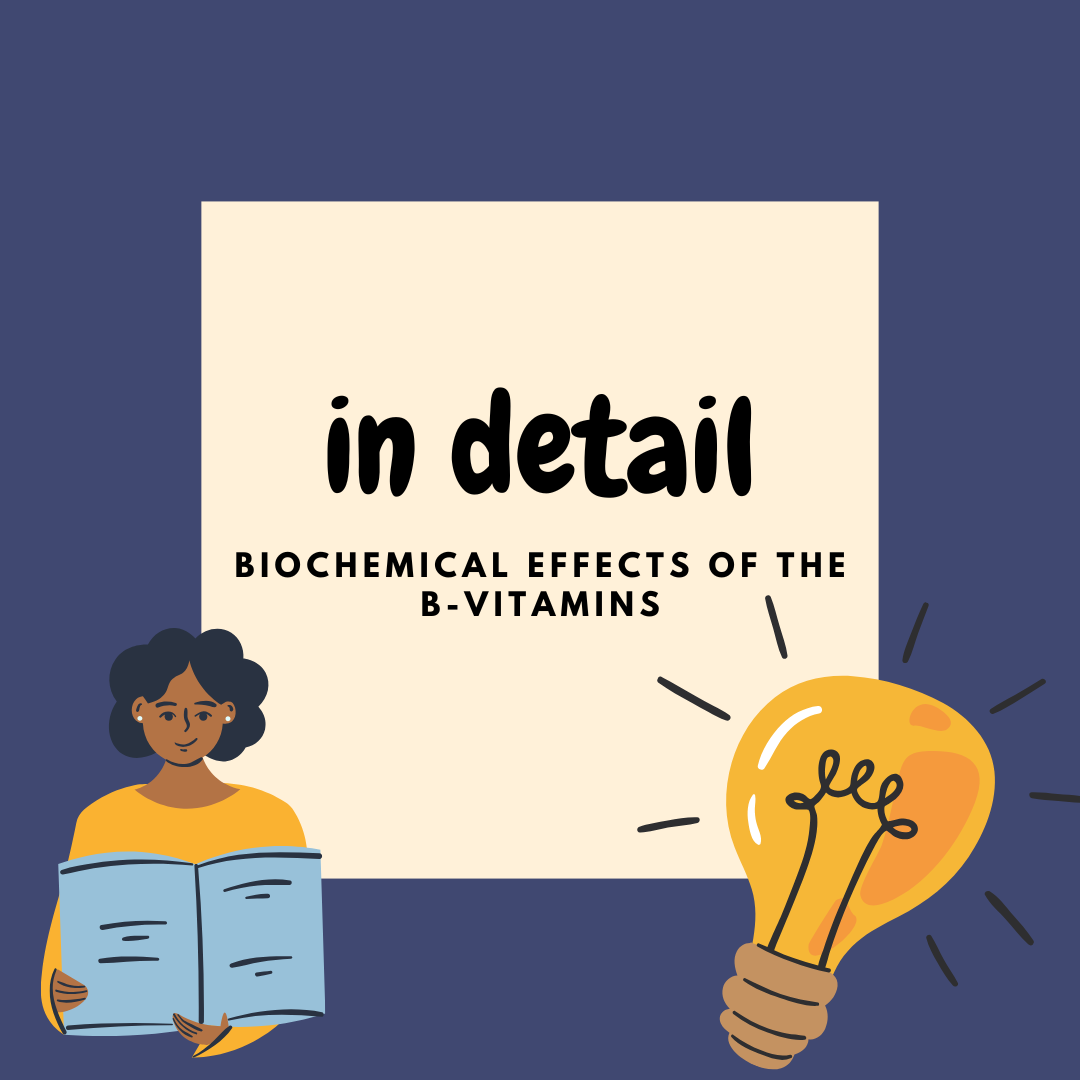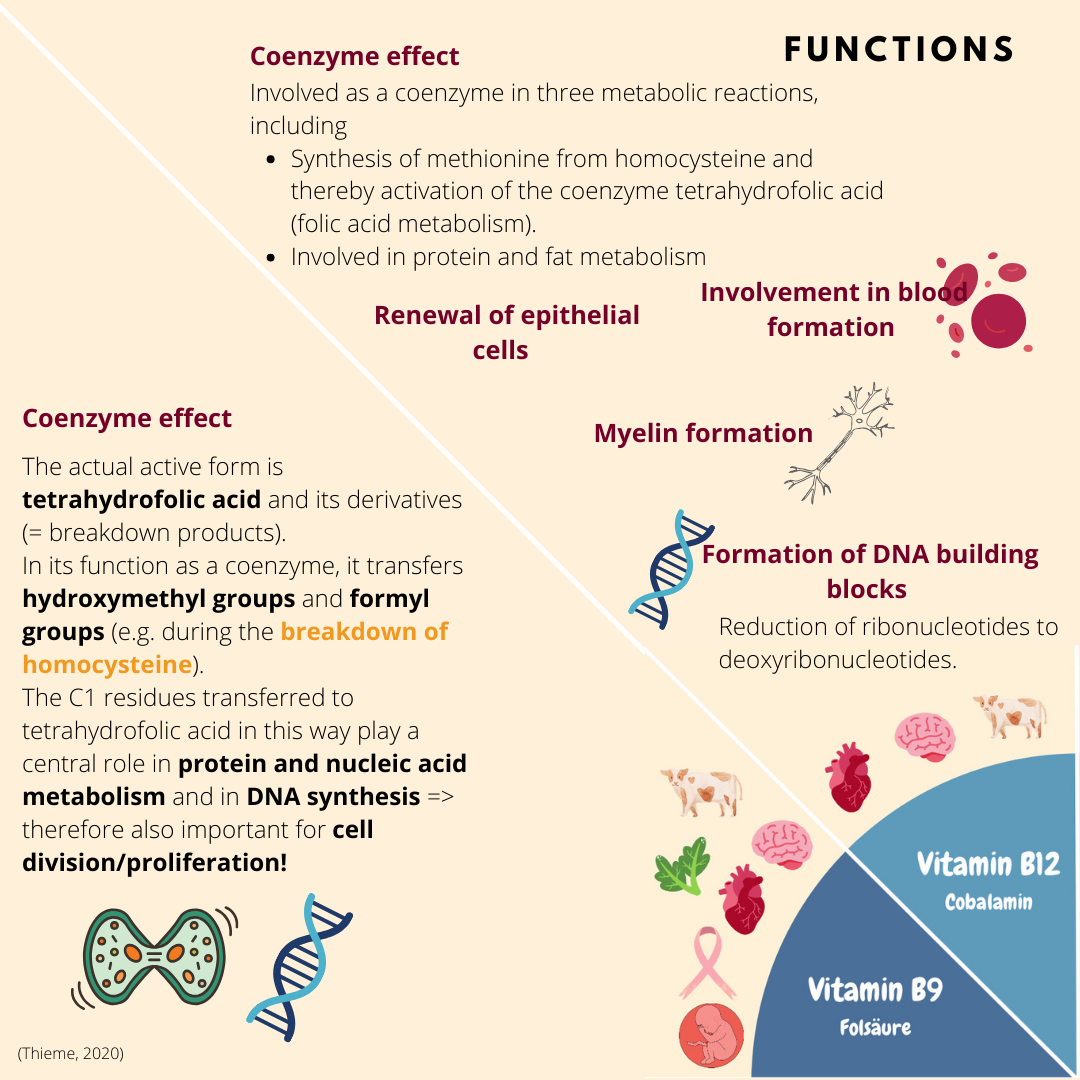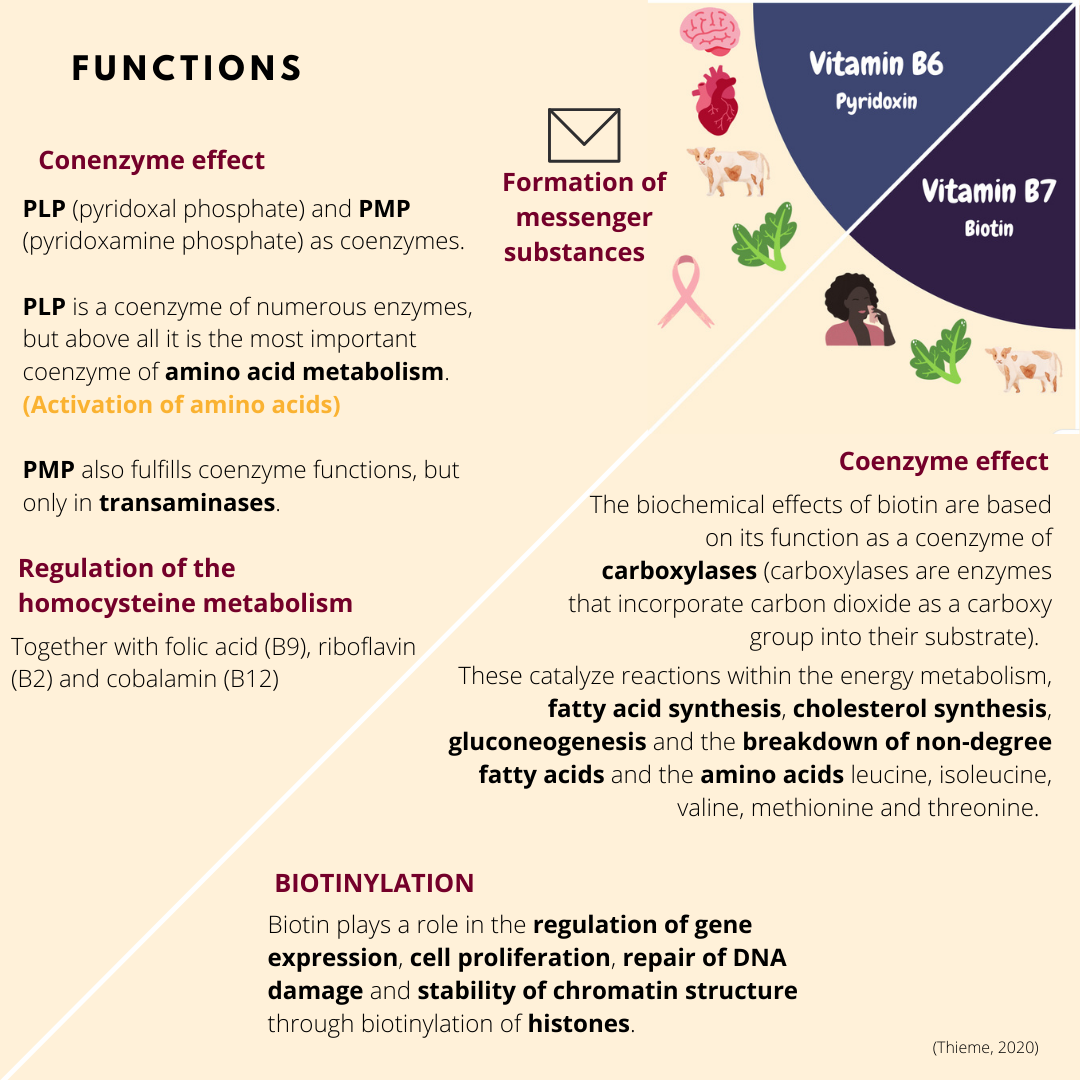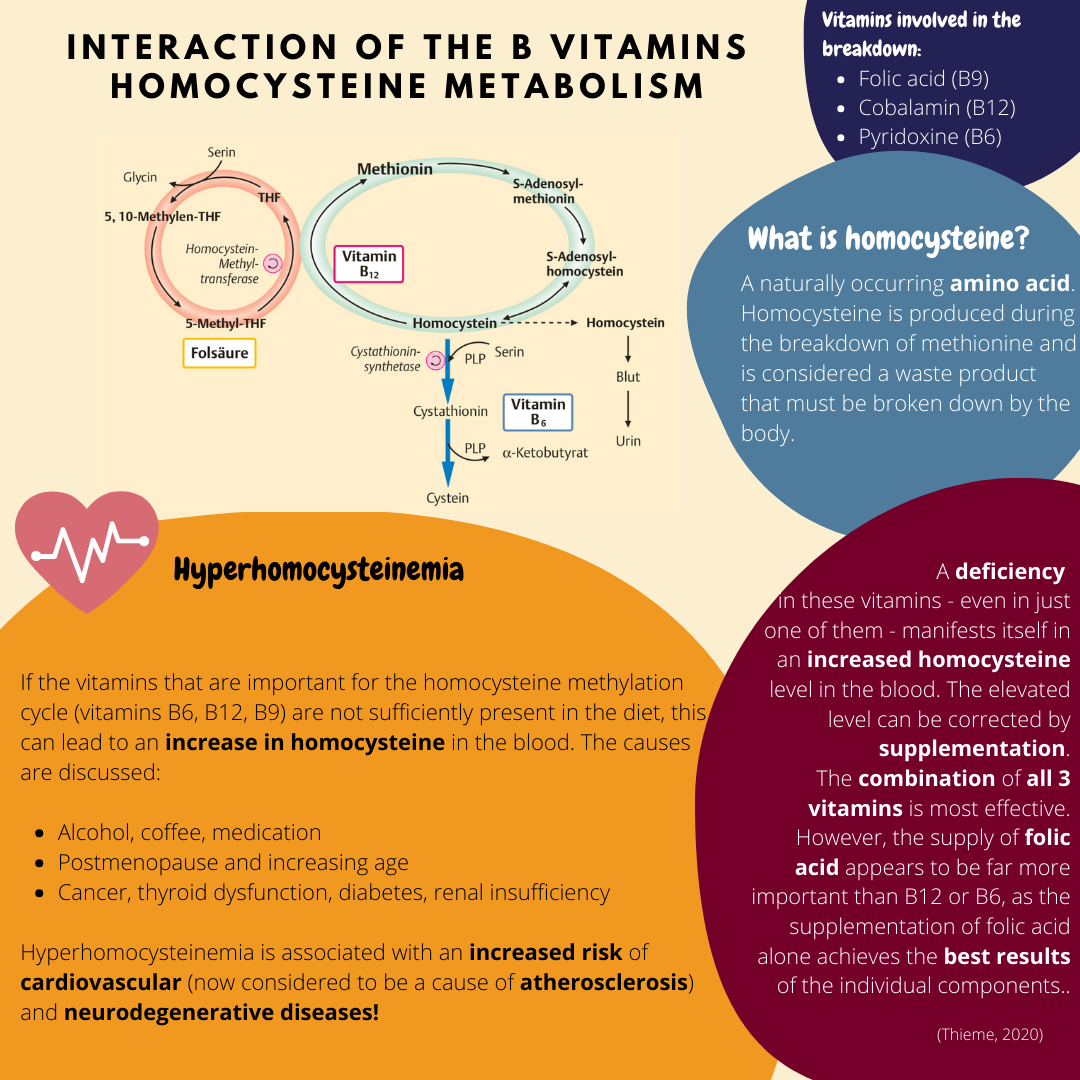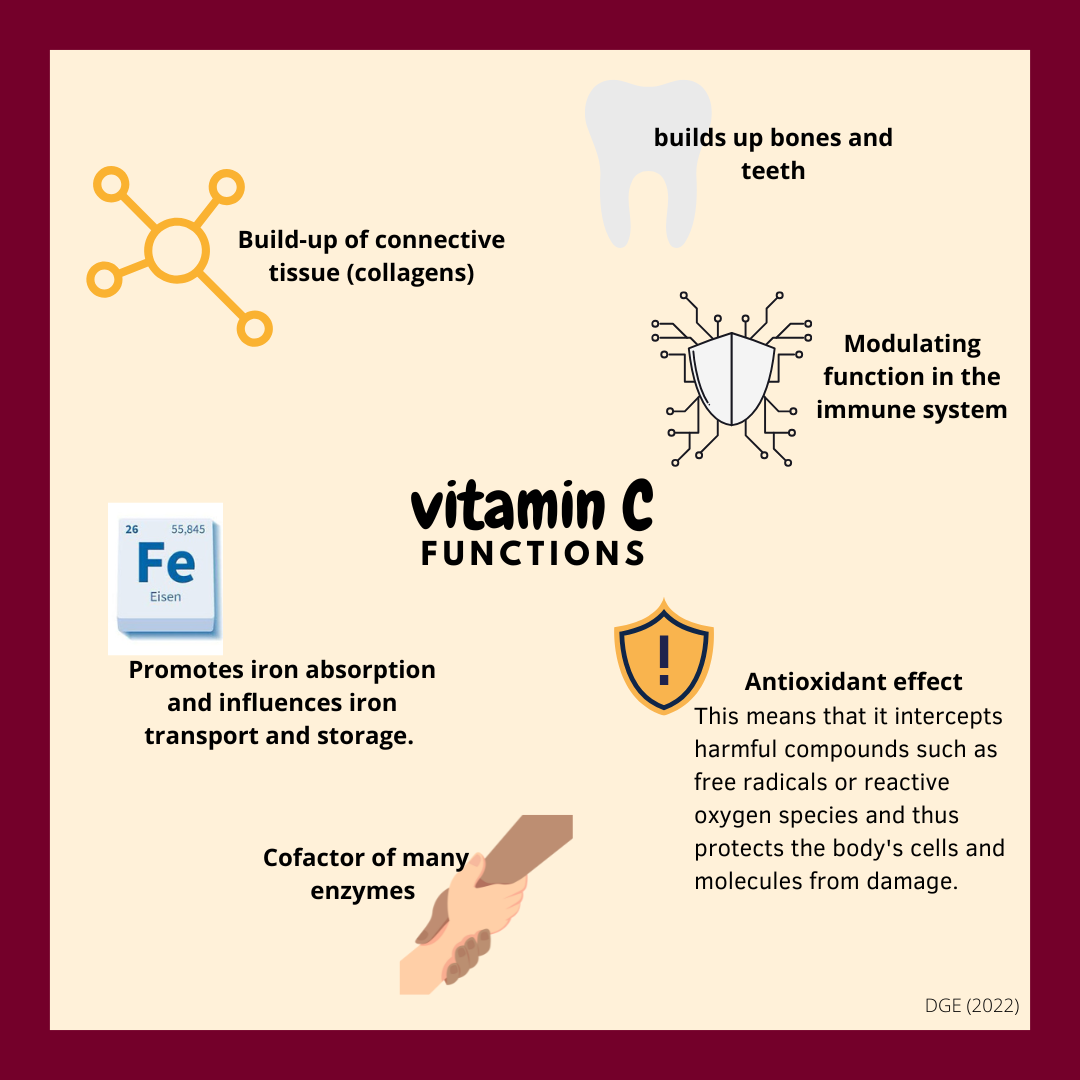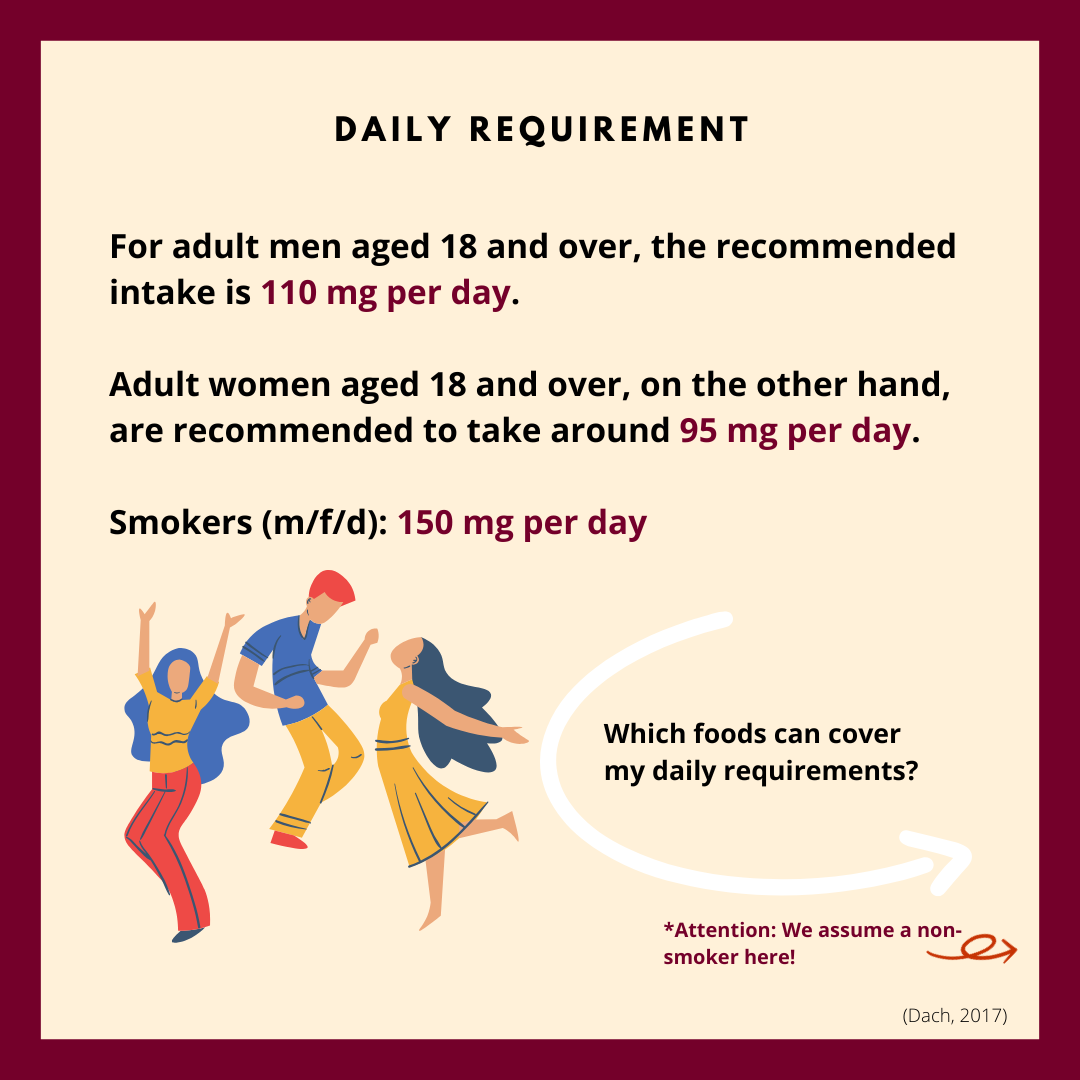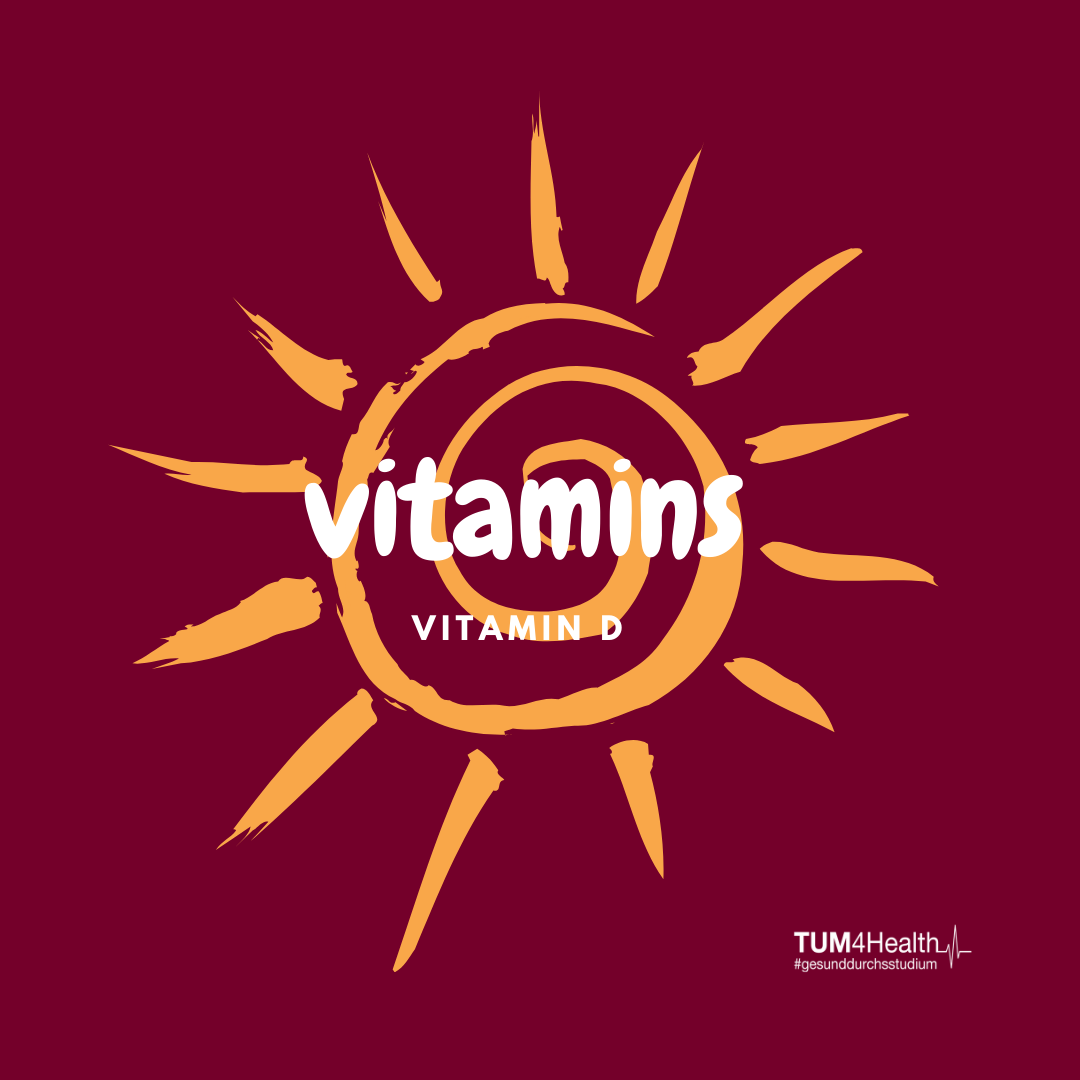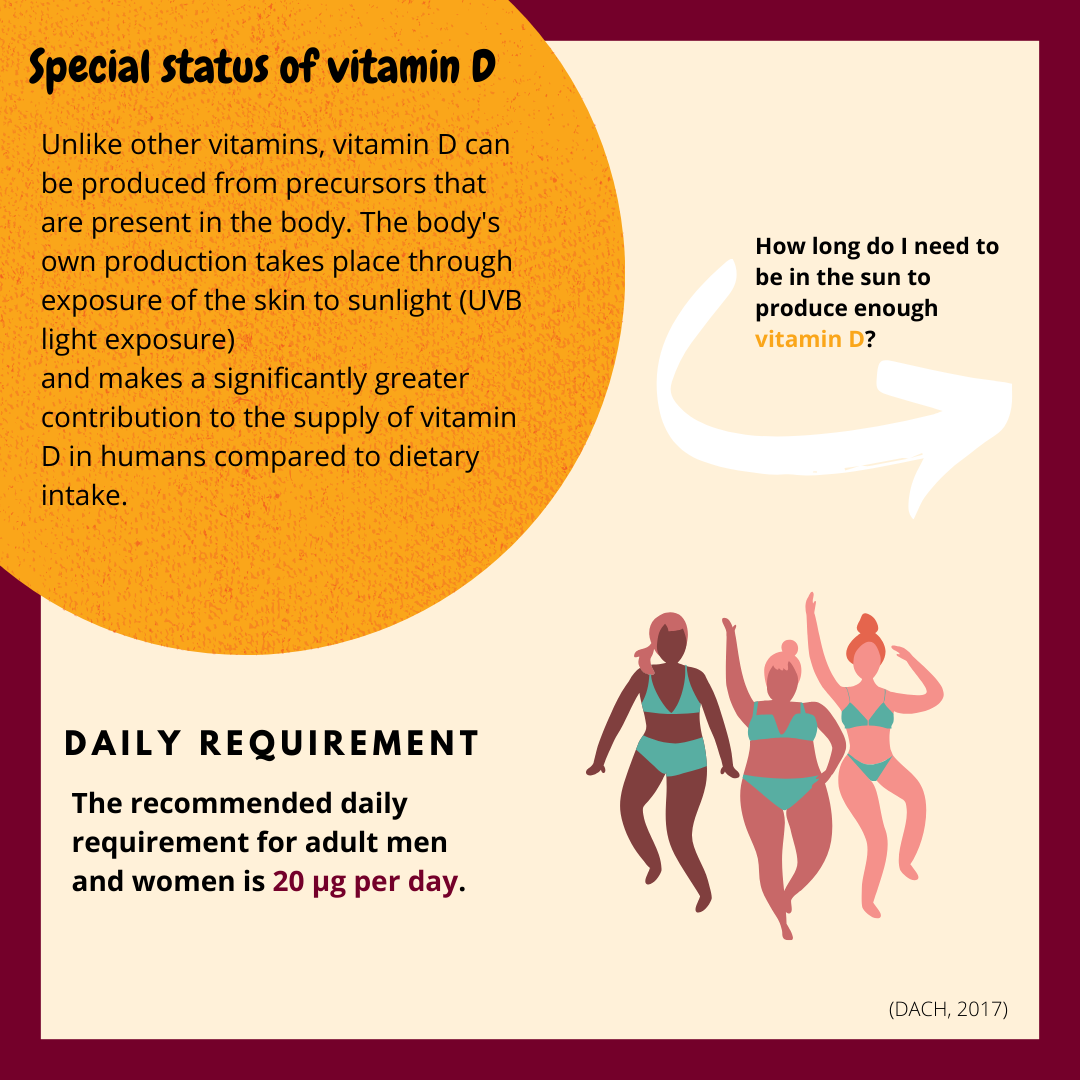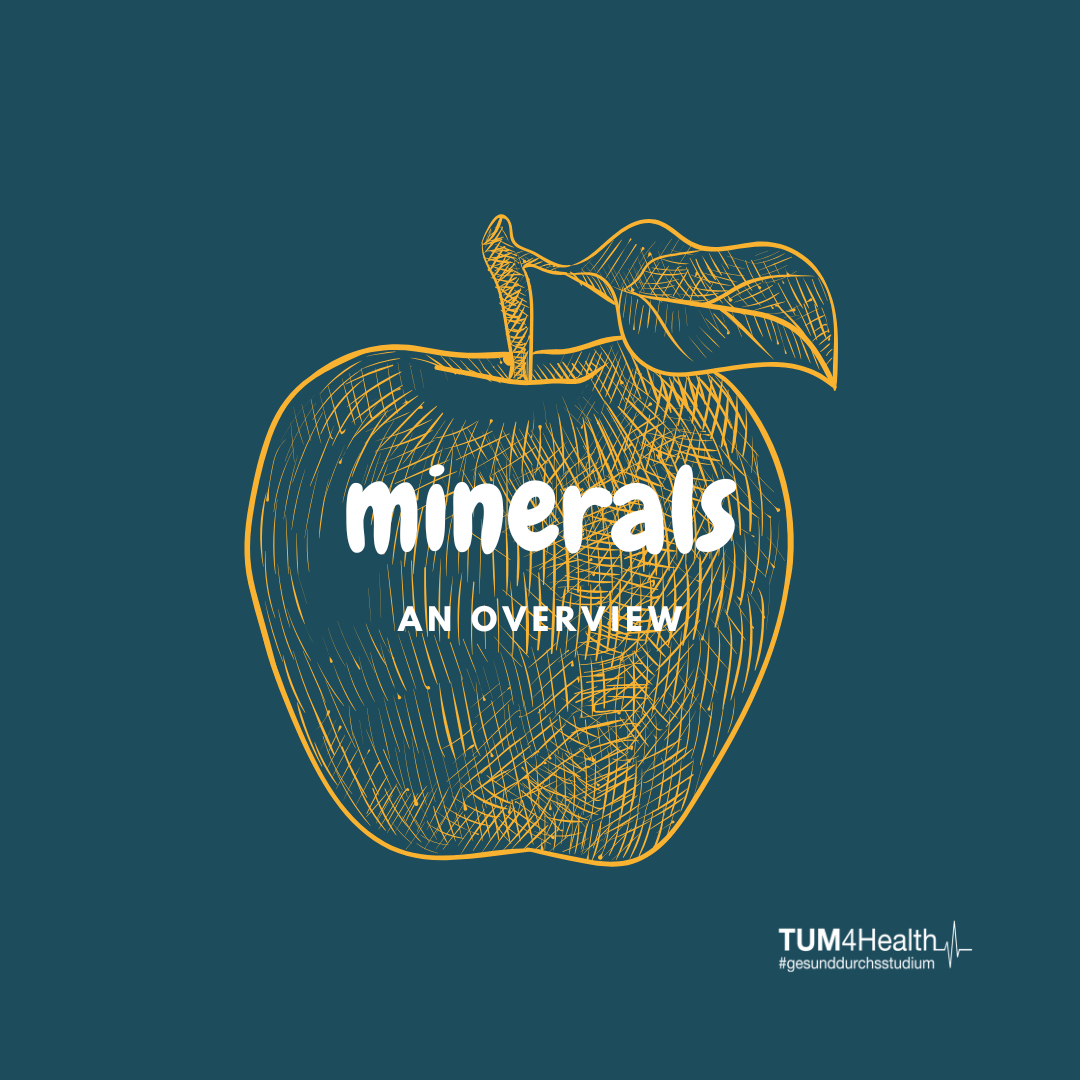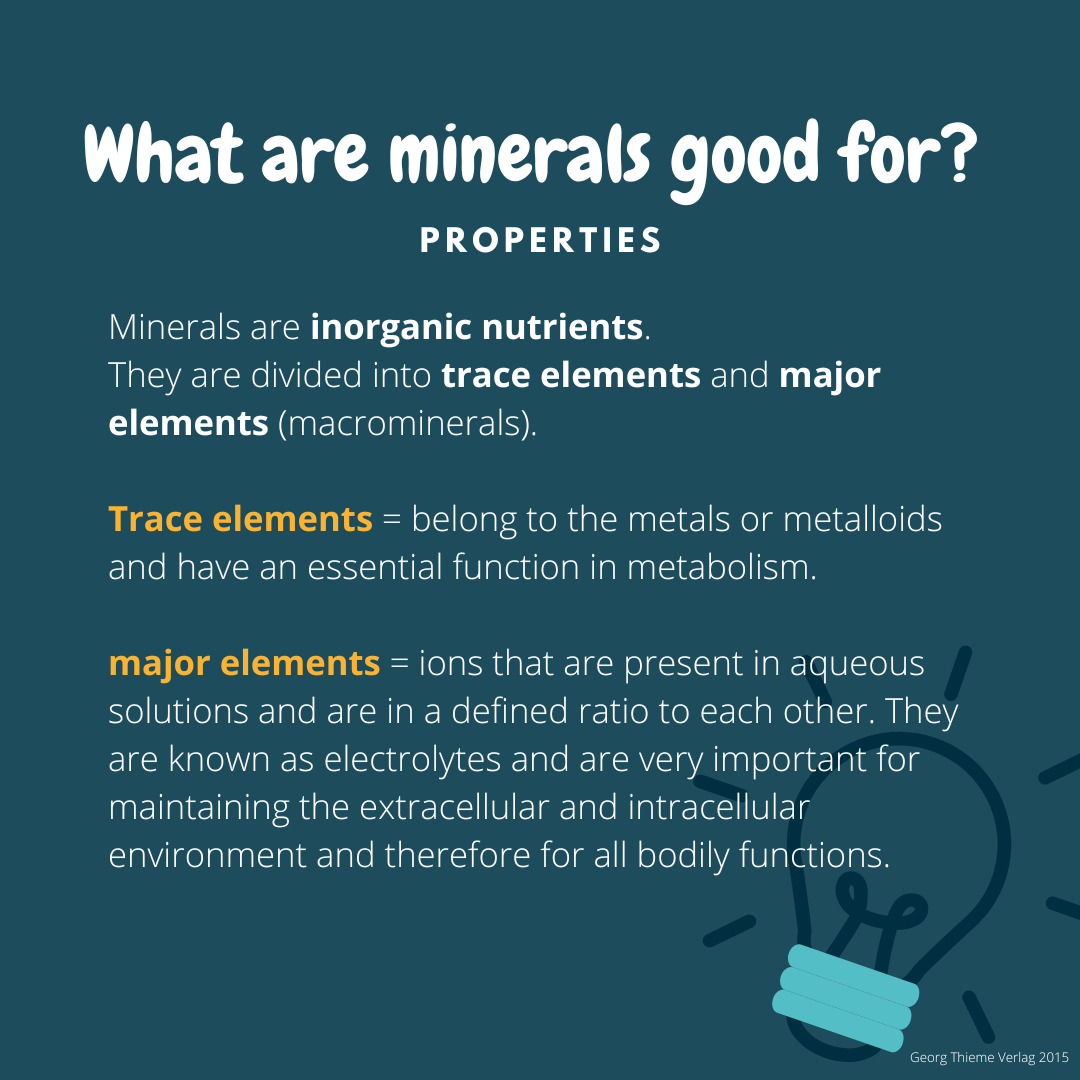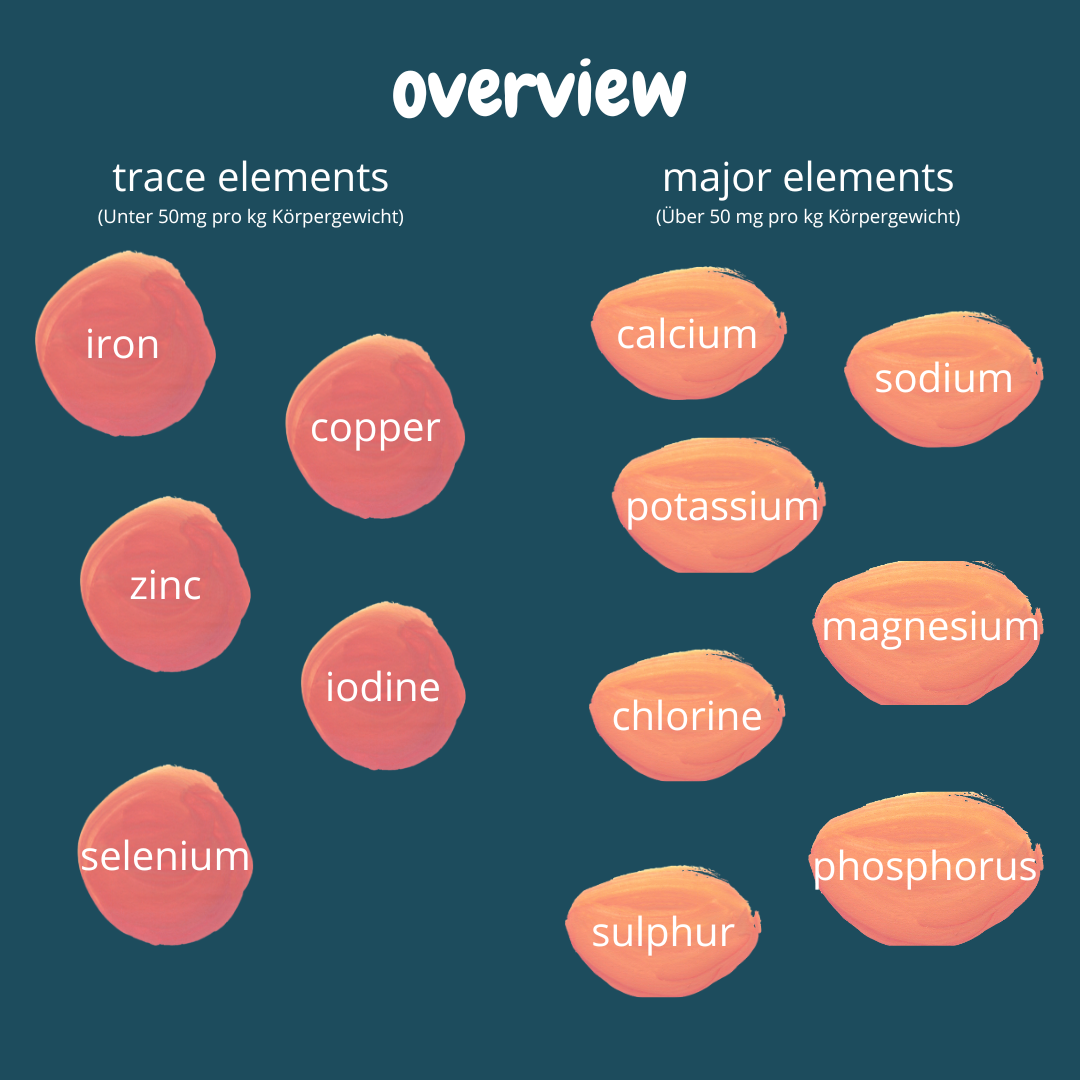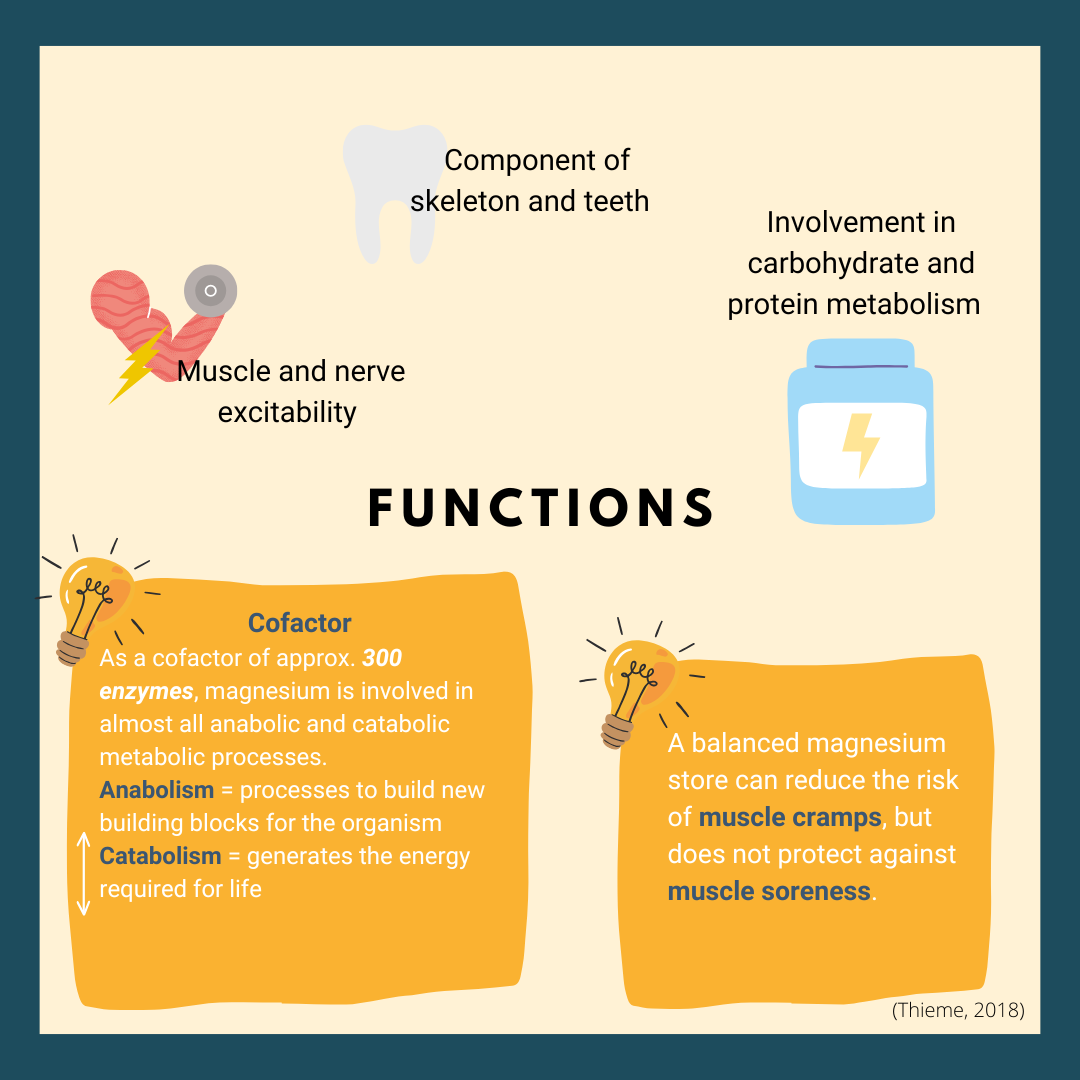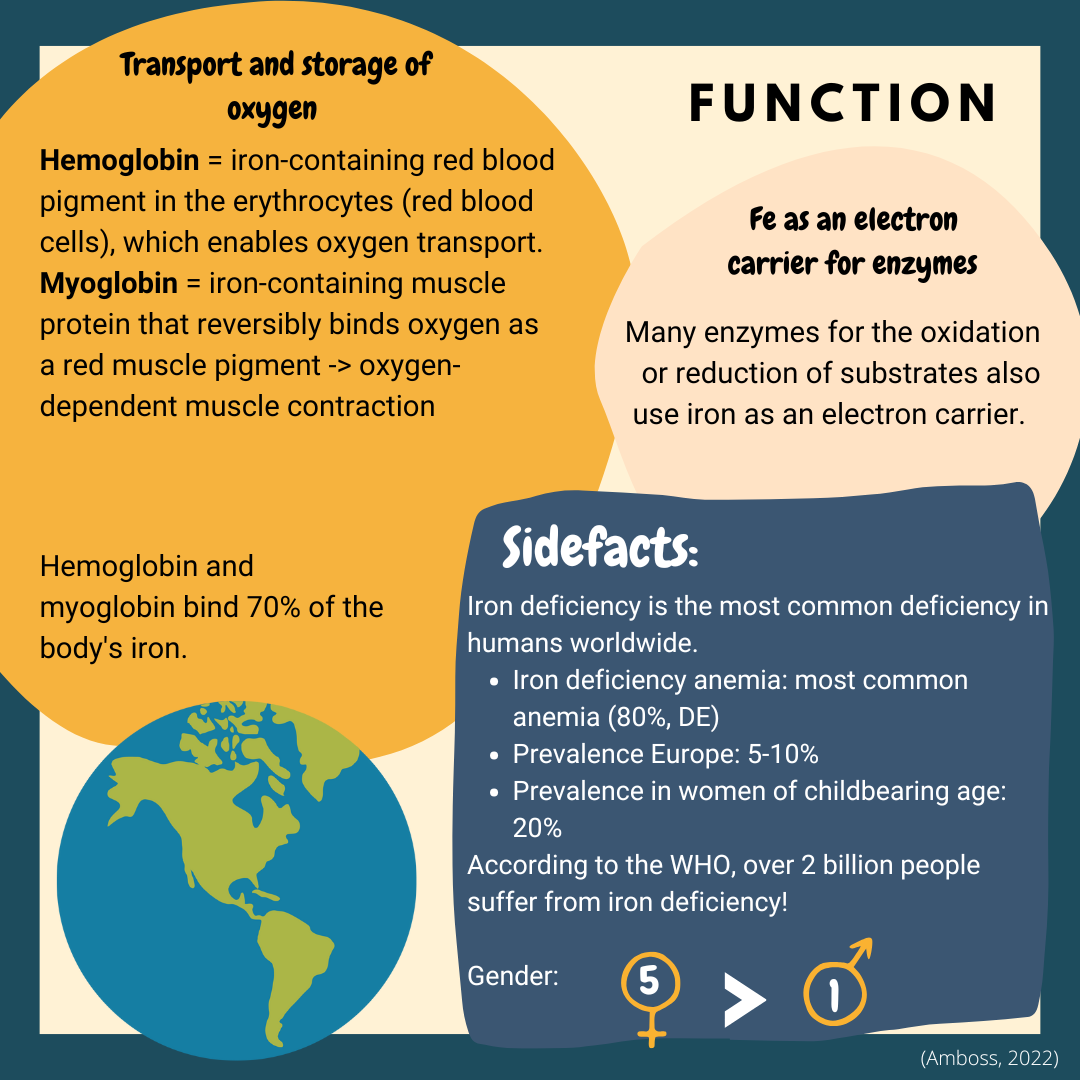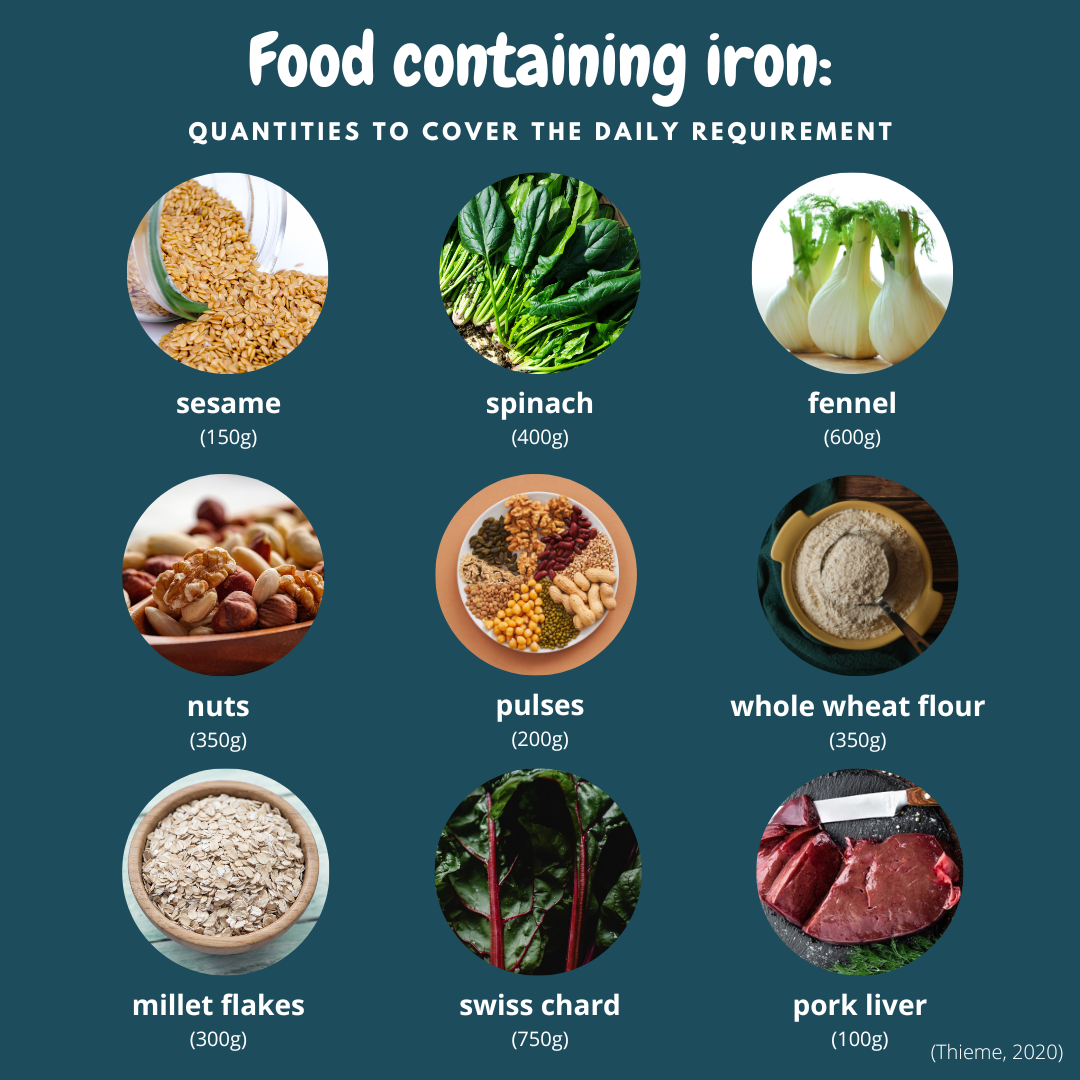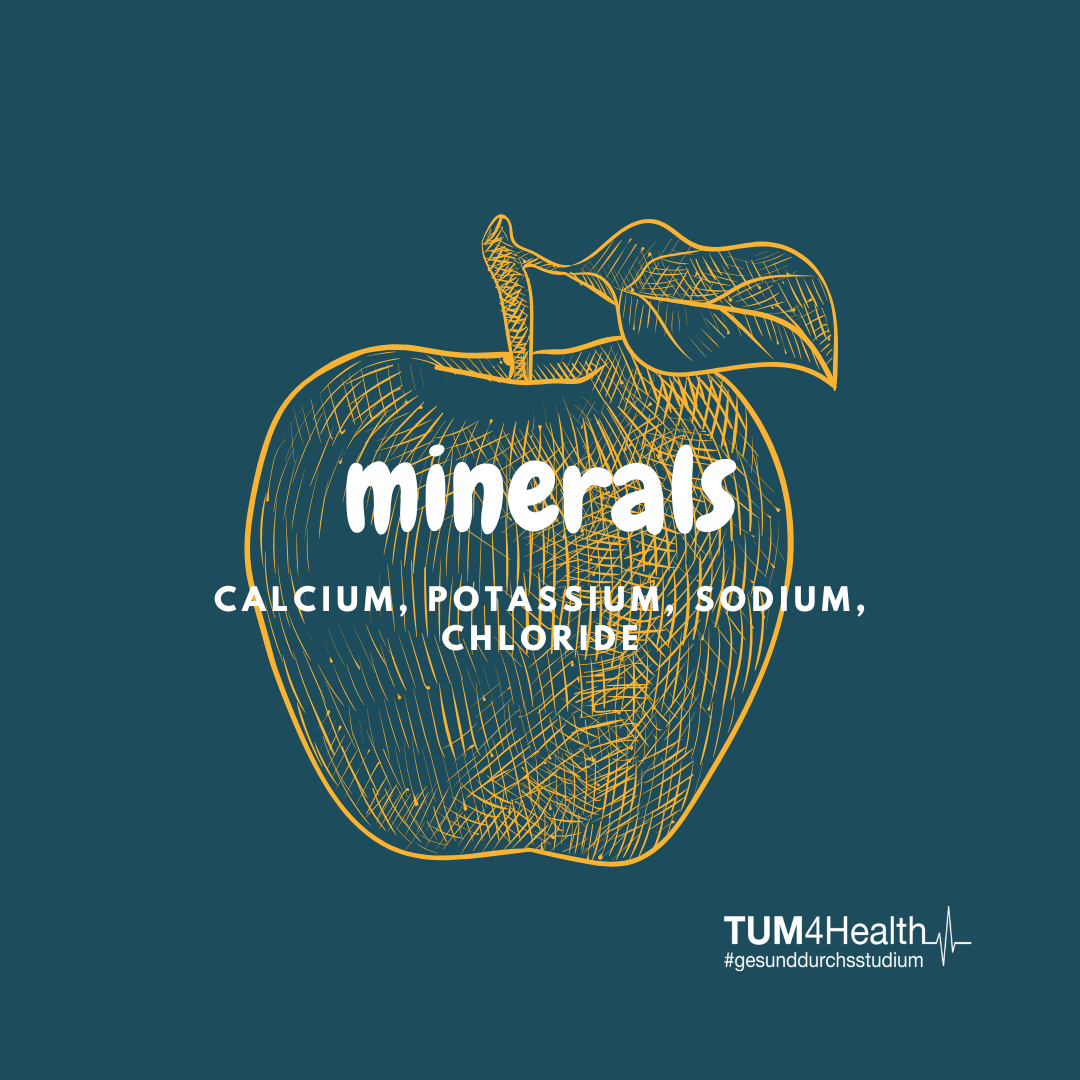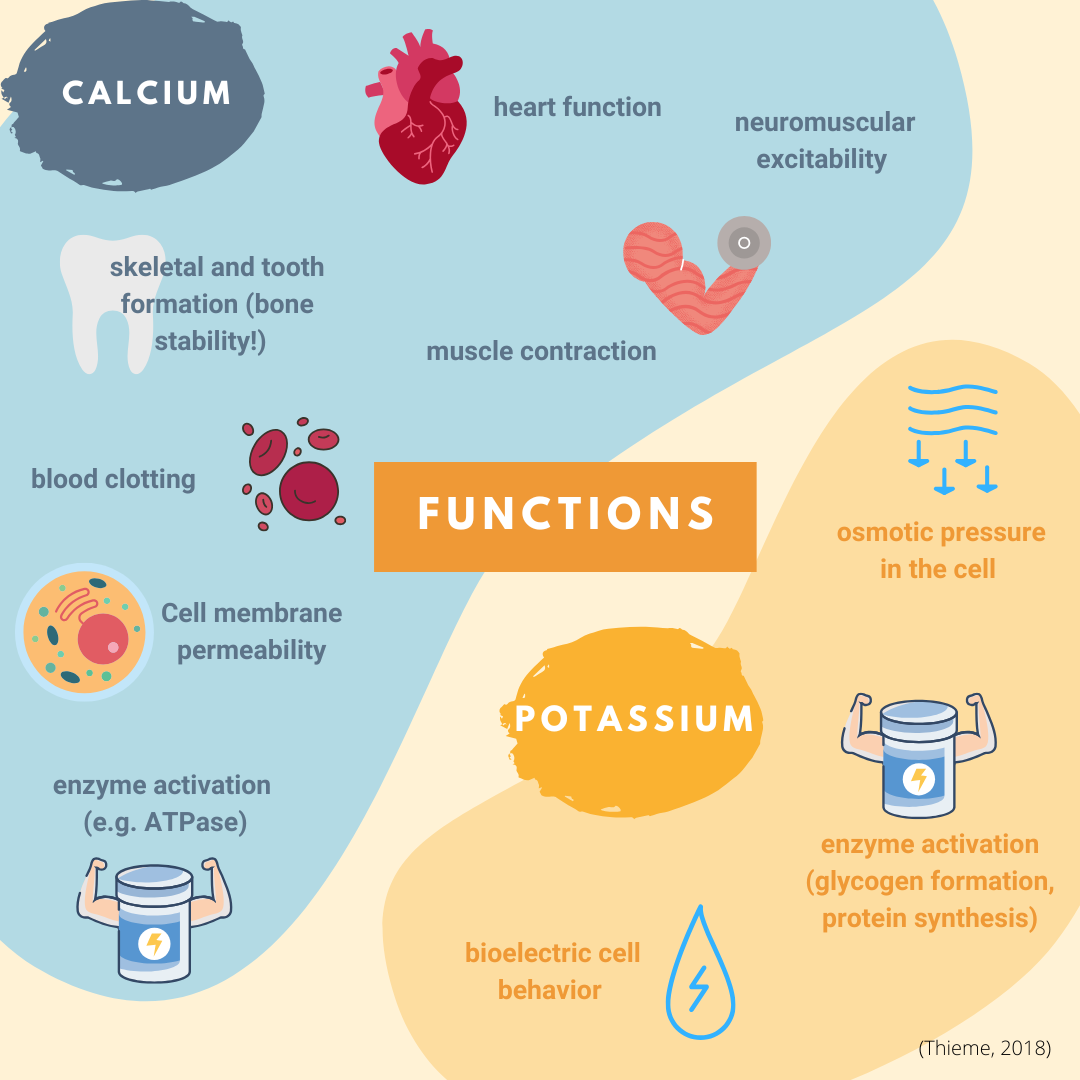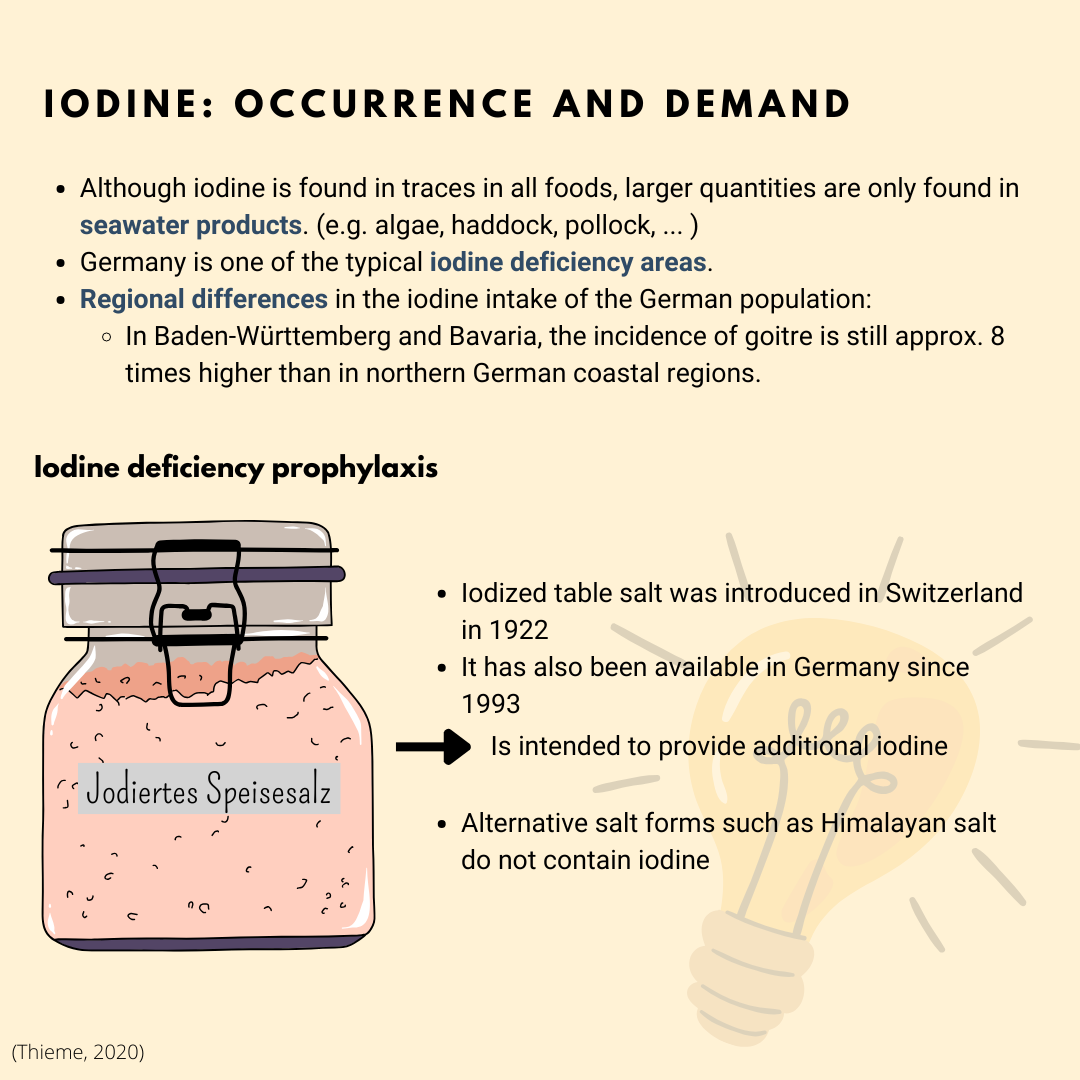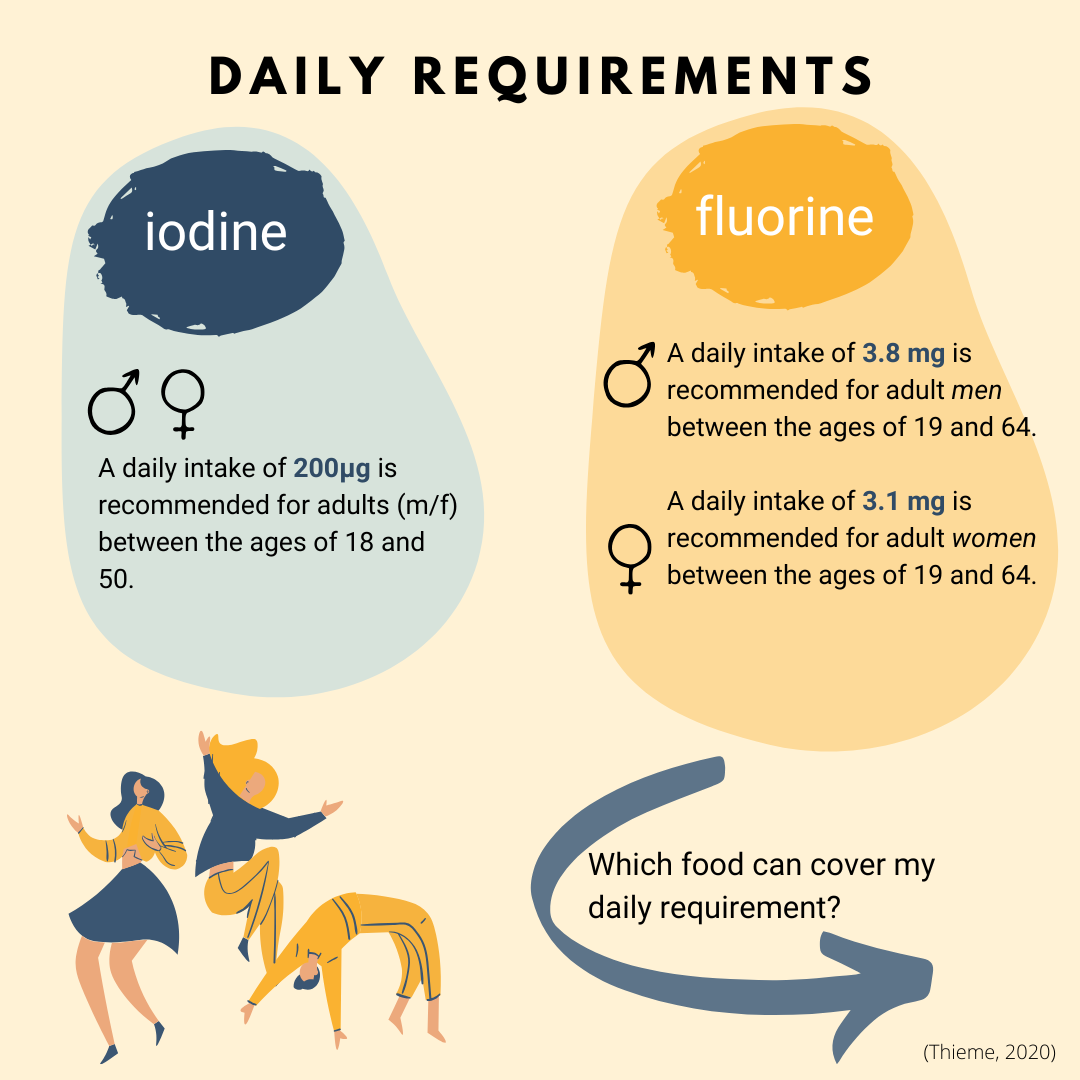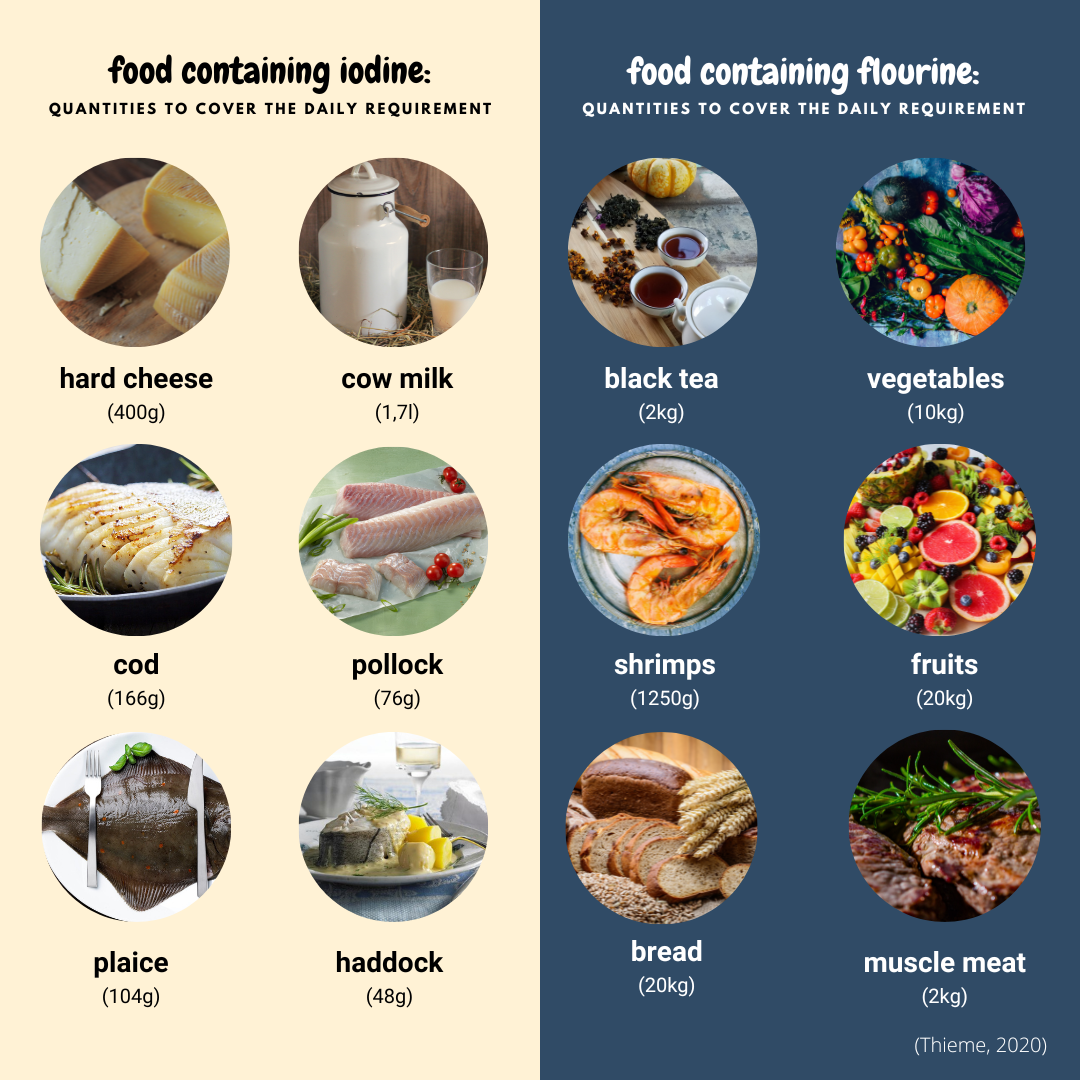Vitamins
An overview
We would like to give you an overview of which vitamins there are, what they do in the human body and in which foods they can be found and in what quantities.
Often it is not necessary to resort to nutritional supplements, but only to fresh fruit and vegetables to cover the daily requirement!
Vitamin A
Vitamin A is an essential, fat-soluble nutrient that is necessary for numerous processes in the body.
Far more functions can be attributed to it than just the improved eyesight associated with vitamin A!
The vitamin can be found not only in carrots, but also in sweet potatoes, for example!
B vitamins - overview
The group of B vitamins (also known as "B complex") belong to the water-soluble vitamins. As so-called co-factors, they are involved in numerous metabolic processes in our body and are therefore important for our health.
Attention, now it's getting biochemical! 🧪
In our articles you can take a closer look at the biochemical effects of the B vitamins as cofactors if you are interested!
Vitamins B1, B2, B3, B5
Vitamin B1 keeps the head and body fit and is also called the mood vitamin. If you drink a lot of coffee or tea, the absorption of the vitamin can be inhibited.
Vitamin B2 supports the energy metabolism and is responsible for the maintenance of blood cells. It is also known as a growth vitamin and has a positive effect on maintaining vision!
Vitamin B3 is important for maintaining the mucous membranes and reduces tiredness and fatigue.
With Vitamin B5 you stay sharp! Here, too, the energy metabolism is stimulated and the synthesis of your own neurotransmitters is supported!
Vitamins B6, B7, B9, B12
Vitamin B6 ensures a normal protein balance and is a collective term for several chemical substances. The vitamin contributes to the normal functioning of the nervous system and regulates hormone activity. It is sensitive to heat and should be prepared gently.
Vitamin B7 plays a role in maintaining hair and normal skin. It also contributes to the normal metabolism of micronutrients (fat, carbohydrates, proteins) and energy metabolism.
Vitamin B9 is of particular importance for pregnant women and women who want to have children. The vitamin ensures the growth of maternal tissue during pregnancy and has a role in cell division.
Vitamin B12 ensures normal formation of red blood cells, cell division and normal energy metabolism. It also reduces fatigue and maintains the function of the nervous system.
vitamin C
Lemons and oranges are considered the classic vitamin C suppliers. But there are also other types of fruit and vegetables that you can use to cover your daily vitamin C requirements!
Vitamin D
Vitamin D is often referred to as the "sun vitamin". Because of the UV exposure of the skin, our body is able to produce vitamin D itself.
So it's twice as worth going for a walk on a sunny day!
minerals
An overview
A distinction is made between trace elements and bulk elements. As the name suggests, trace elements are only present in the body in very small amounts, namely less than 50 mg per kg of body weight. Bulk elements, on the other hand, contain more than 50 mg per kg of body weight in the body.
magnesium
Magnesium is often associated with sports and muscles. It has many more functions in our body. For example, it acts as a so-called cofactor in almost all anabolic and catabolic metabolic processes!
iron
Iron is one of the trace elements and is therefore only present in the body in small amounts. Nevertheless, iron is essential for cellular respiration, for example, and can lead to deficiency symptoms if the supply is insufficient!
Calcium, Potassium, Sodium, Chloride
You have probably heard of all these minerals before. They are all considered bulk elements and are therefore contained in large quantities in our body.
But would you have known which foods contain them?
salt e.g. B.
(also known as table salt) consists mainly of sodium chloride and is the main source of intake of these two minerals for humans. According to the "Study on Health in Germany" (DEGS)1, however, table salt intake is well above the recommended value for a large proportion of the population . It should be noted that excessive salt intake is associated with an increase in blood pressure and thus increases the risk of developing high blood pressure (hypertension).
selenium and zinc
selenium
- the selenium content in plant-based foods depends heavily on the selenium content in the soil prevailing there. Since the soils in Europe are very low in selenium, animal foods such as meat, eggs or fish are more reliable sources of selenium.
zinc
As a component of numerous enzymes and proteins, it is involved in a large number of reactions in our body. Did you know, for example, that zinc plays a role in stress management or wound healing?
iodine and fluorine
iodine
is one of the trace elements and serves, among other things, as a raw material for the production of our thyroid hormones. Since Germany is one of the regions in Europe with the lowest levels of iodine, measures have been taken to counteract deficiency diseases such as goiter.
fluoride
you've probably heard it often in connection with toothpaste. In fact, fluorides - i.e. bound fluorine - are of essential importance for oral health and especially for dental health. Because fluoride supports, for example, the remineralization of our teeth after acid attacks from food and reduces the risk of tooth decay.




